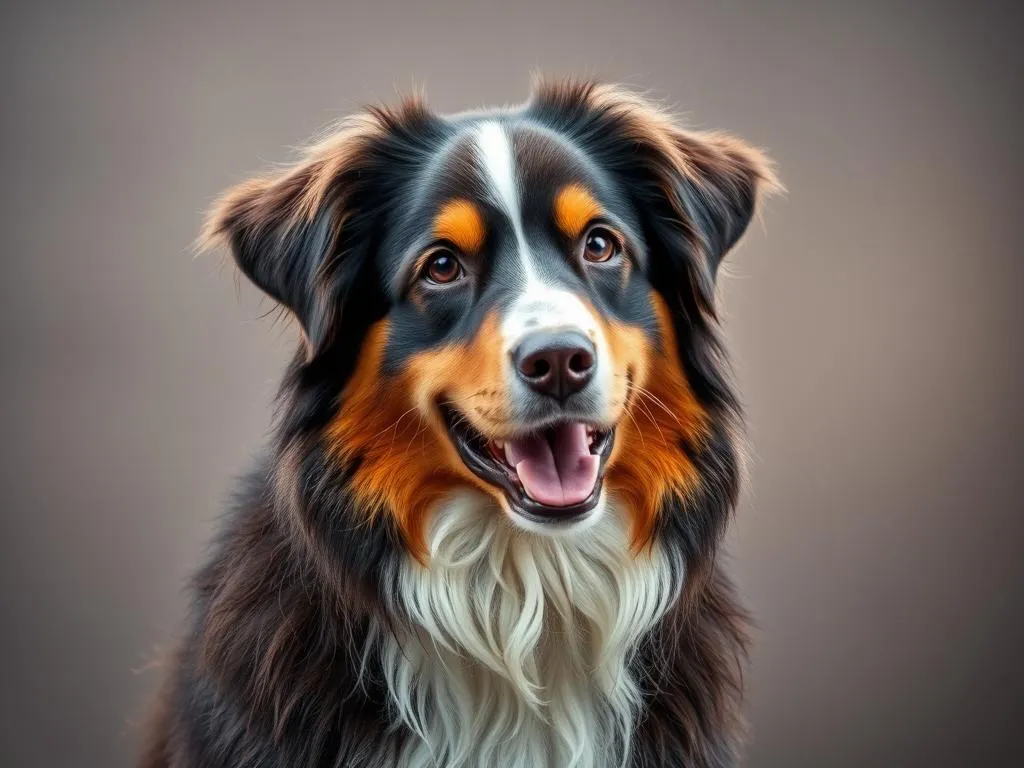
Introduction
The Australian Shepherd is a breed that exudes energy, intelligence, and an undeniable charm. Originating in the United States, contrary to what the name may imply, these dogs were developed as herding dogs, primarily to assist shepherds with livestock. Their agility, keen instincts, and adaptability have made them popular not only among ranchers but also as beloved family pets and competitive show dogs.
With their rise in popularity, one of the most captivating aspects of the Australian Shepherd is their diverse range of colors. Color plays a significant role in the breed’s aesthetic appeal and adherence to breed standards set by organizations such as the American Kennel Club (AKC) and the Australian Shepherd Club of America (ASCA). This article aims to explore the intriguing world of Australian Shepherd colors, delving into their genetics, characteristics, and more.
Understanding Australian Shepherd Colors
Genetics of Coat Color
The coat color of dogs, including Australian Shepherds, is determined by genetics. Various genes interact to produce the stunning array of colors and patterns seen in the breed. The primary genes involved in coat color are the Agouti gene, which dictates the distribution of color, and the Merle gene, which creates the distinctive marbled effect. Understanding these genetic factors can provide insight into the possible color variations in Australian Shepherds.
Breed Standards and Acceptable Colors
The breed standards established by the AKC and ASCA outline acceptable colors for Australian Shepherds. These standards ensure consistency in the breed while allowing for some diversity. The recognized colors include:
- Black
- Blue Merle
- Red
- Red Merle
- Tri-color (black, red, or blue merle with white and tan markings)
- Bi-color
These standards help maintain the integrity of the breed while embracing the beauty of its varying colors.
Common Australian Shepherd Colors
Black
Black is one of the most classic colors seen in Australian Shepherds. Dogs with a black coat can exhibit various markings, including white and tan. The black color is rich and glossy, giving these dogs a striking appearance. Common markings may include a white blaze on the face, white paws, or a white tip on the tail, adding to their visual appeal.
Blue Merle
The Blue Merle coat is perhaps one of the most visually captivating colors in Australian Shepherds. Characterized by a marbled pattern of gray and black, this color can appear in various shades. The unique patterns and variations in the merle coat can make each dog look distinct, with some having more pronounced patches than others. Blue Merles can also have white and tan markings, enhancing their beauty.
Red
Red Australian Shepherds display a warm, rich shade that can range from a light copper to a deep, dark red. Like their black counterparts, red Aussies often have white and tan markings. The contrast between the red coat and these markings creates a stunning visual effect. Red Australian Shepherds can also exhibit unique patterns that make them stand out among their peers.
Red Merle
Similar to the Blue Merle, the Red Merle is a captivating combination of red and cream or white, forming a marbled effect. The patterns can vary widely, with some dogs having a more pronounced merle pattern than others. Red Merles typically have white markings and may also feature tan points, contributing to their unique appearance.
Other Colors
In addition to the more common colors, there are less common variations such as chocolate and sable. Chocolate Australian Shepherds have a rich brown coat, often paired with white and tan markings. Sable coats can appear lighter with a mix of black and brown shades, creating a distinctive look. These less common colors add to the breed’s diversity and charm.
Color Patterns and Markings
Bi-Color
Bi-color patterns feature two primary colors, typically with white as one of the colors. For instance, a common bi-color pattern might include a black and white combination. These patterns are visually striking and can often include unique markings on the face and body, enhancing the dog’s overall appearance.
Tri-Color
Tri-color coats consist of three colors: a base color, typically black or red, with white and tan markings. This pattern creates a vibrant and visually appealing look. Tri-color Australian Shepherds often have distinct facial markings, such as a white blaze or a collar of tan, making them stand out even more.
Merle Patterns
The merle patterns are among the most fascinating characteristics of Australian Shepherds. The merle gene produces a mottled effect, leading to a unique combination of colors and patterns. Merle coats can vary widely, with some dogs displaying large patches of color and others having a more blended appearance. The presence of the merle pattern can significantly affect the overall look of the dog, making each one a unique masterpiece.
Factors Influencing Coat Color
Age and Coat Changes
As Australian Shepherds age, it is not uncommon for their coat color to change. Puppies may be born with a different shade than what they develop as adults. For instance, the black color may fade to a grayish hue over time. Typically, significant color changes can occur within the first few years of life, with some variations becoming more prominent as the dog matures.
Seasonal Variations
Seasonal changes can also influence the intensity of an Australian Shepherd’s coat color. In colder months, the coat may appear darker or richer in color, while warmer months may lead to a lighter appearance due to sun exposure and shedding. Regular grooming during these transitions can help maintain the coat’s vibrancy and health.
Caring for Your Australian Shepherd’s Coat
Grooming Tips Based on Color
Grooming requirements can vary based on the color of an Australian Shepherd’s coat. For instance, dogs with darker coats may show dirt more readily, necessitating more frequent baths. Conversely, lighter-colored coats might require special products to prevent yellowing. Regular brushing is essential for all coat types to minimize shedding and keep the fur healthy. Recommended tools include slicker brushes for detangling and de-shedding tools for maintaining a clean coat.
Health Considerations
Certain colors, especially those with the merle gene, can be associated with specific health issues. For example, merle dogs may be prone to hearing and vision problems. Regular vet check-ups and screenings are vital to ensure that your Australian Shepherd remains healthy regardless of their color. Being aware of breed-specific health concerns can help owners take proactive measures in caring for their pets.
Choosing the Right Color for You
Personal Preference
Choosing the right color for your Australian Shepherd should align with your personal preference and lifestyle. Families with children or other pets may want to consider colors that are less prone to showing dirt or those that are more resilient to outdoor activities. Additionally, some colors may require more grooming than others, so it’s essential to evaluate your ability to maintain your dog’s coat.
Availability and Adoption
When looking for a specific color, it’s important to explore ethical breeding or adoption options. Many shelters and rescues may have Australian Shepherds of varying colors and patterns looking for homes. Be sure to research breeders and ask about their practices regarding health testing and socialization to ensure that you are making a responsible choice.
Conclusion
In summary, the world of Australian Shepherd colors is as diverse and vibrant as the breed itself. From the striking blue merle to the warm shades of red, each color and pattern adds a unique charm to these intelligent dogs. Understanding the genetics, breed standards, and care requirements can help potential owners make informed choices when selecting their new furry companions.
As you consider adding an Australian Shepherd to your family, take a moment to appreciate the beauty and diversity of their colors. After all, every Australian Shepherd is a unique masterpiece waiting to steal your heart.









